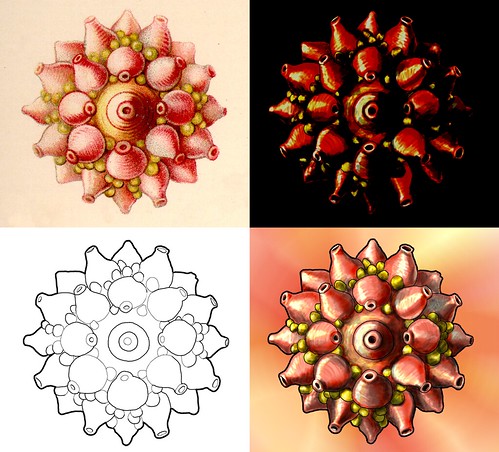The recent explosion of web2.0 apps and social-networking platforms (read: facebook) has made me realise how powerful these online applications and storage facilities are. The pc is becoming less personal (sorry hp!) for a wide range of people, merely providing a portal through which they can access their widely dispersed hodgepodge of data. PC’s are becoming terminals once again.
For me, the online applications I use to organise my life include: contacts & emails [1], calendars [2], tasklists [3], journal [4], bookmarks [5], photos[6], and news [7], all of which I access primarily through my personalised home page [8]. There are many applications available for all of these purposes, and others including: office applications [9] , mindmapping [10], note-taking [11], etc.
It is safe to assume that in 2007 it was possible to work as a [insert generic job title] using no desktop applications, moreover it may have been more productive, for a few reasons:
- most of these applications have mobile interfaces, meaning that you can sit on the train while organising your online calendar, for example;
- the web2.0 revolution means that now different applications are more likely to be able to share data;
- your entire workload is computer-independent, so now you can work from anywhere;
This is practically a little while off though, as there is still a vital application missing … the web2.0 browser within a browser.
A web browser is the primary interface to the web, and is used for browsing/navigation, tracking history, customising the appearance of the web, bookmarking, and running the plugins which some of these uber online apps provide and need. Tracking all this stuff online is the obvious next step for the web, which ideally means developing a web2.0 browser that works from within your computer’s browser.
The browser-in-a-browser (bib) would handle all navigation requests, site caches, bookmarks, history lists, etc .. and store them “in the internet” (ideally redundantly across many servers around the world). The pc’s browser would still handle all rendering/execution tasks, the bib would just act as a customised frame around that. The bib would act similarly to standard browsers today (e.g., with plugin support), or could use social browsing aspects (see e.g., flock.com). I would then only have to set up my bib once, and the bib site would be my first stop whenever I login to a computer. Moreover, the bib would be me-specific, so numerous users (of say, a family computer) can all have their own customised and secure browser.
Some first steps towards this goal exist in different flavours (gollum, palary, bitty), but I expect to see a nice clean browser (like palary) that works fast, integrates with the online apps mentioned above (e.g., delicious), allows multiple-page viewing, caching and password storage. I would expect the browser king to lead the charge on that front…
- gmail , facebook
- google calendar
- remember the milk
- this blog
- delicious
- picasaweb
- google reader
- netvibes
- google docs, zoho, ajax13
- mindomo
- webnote, google notebook



